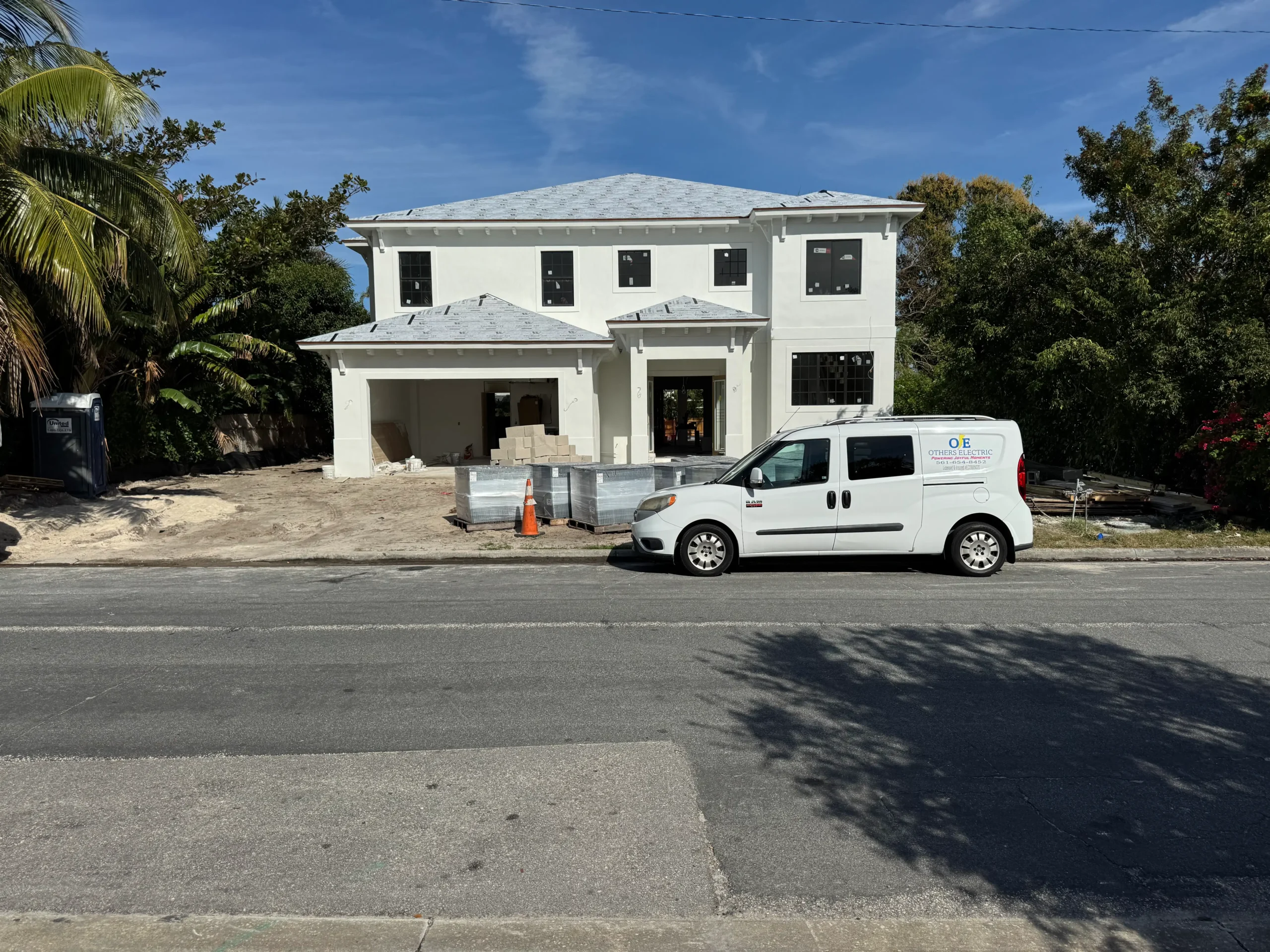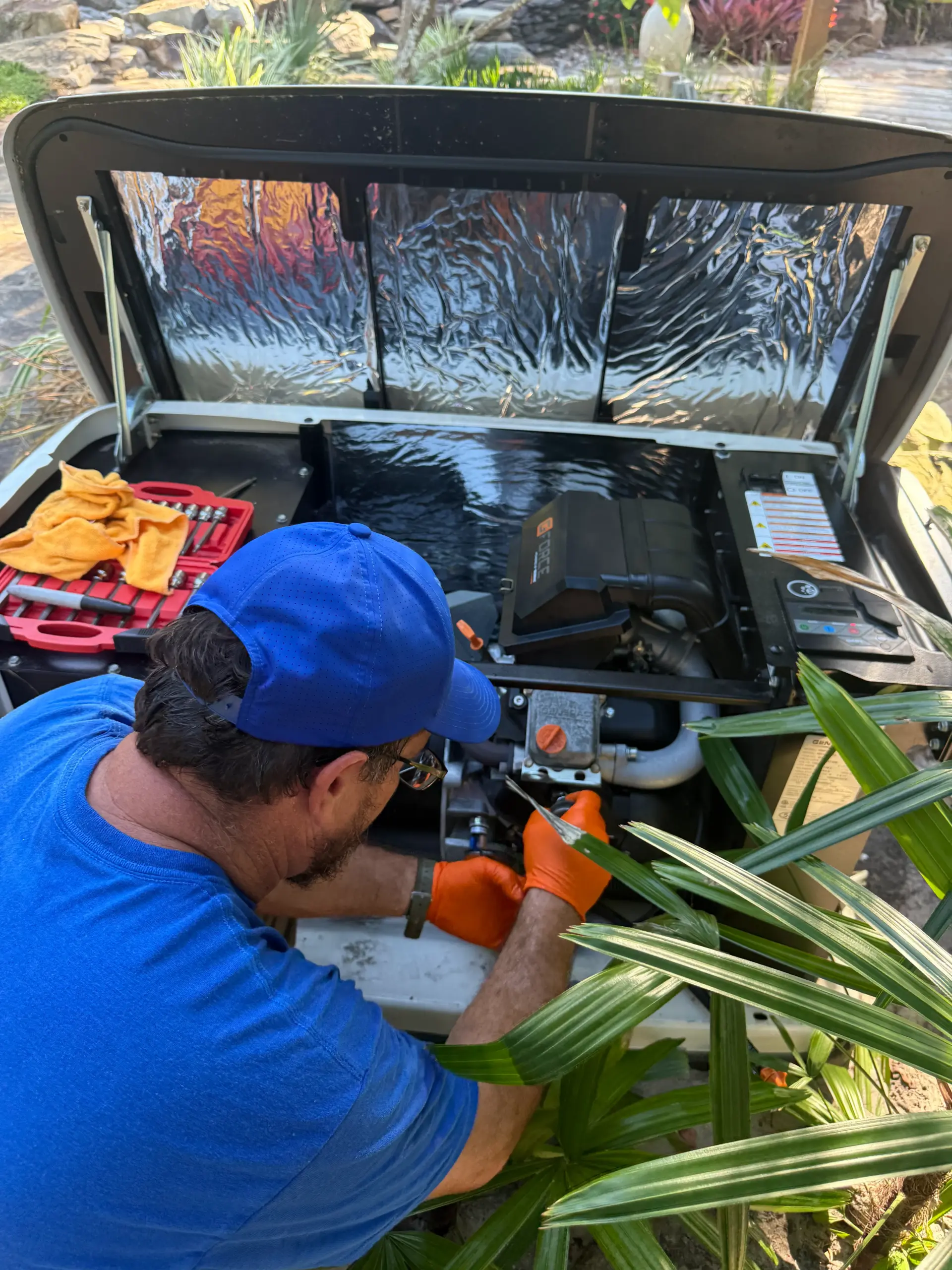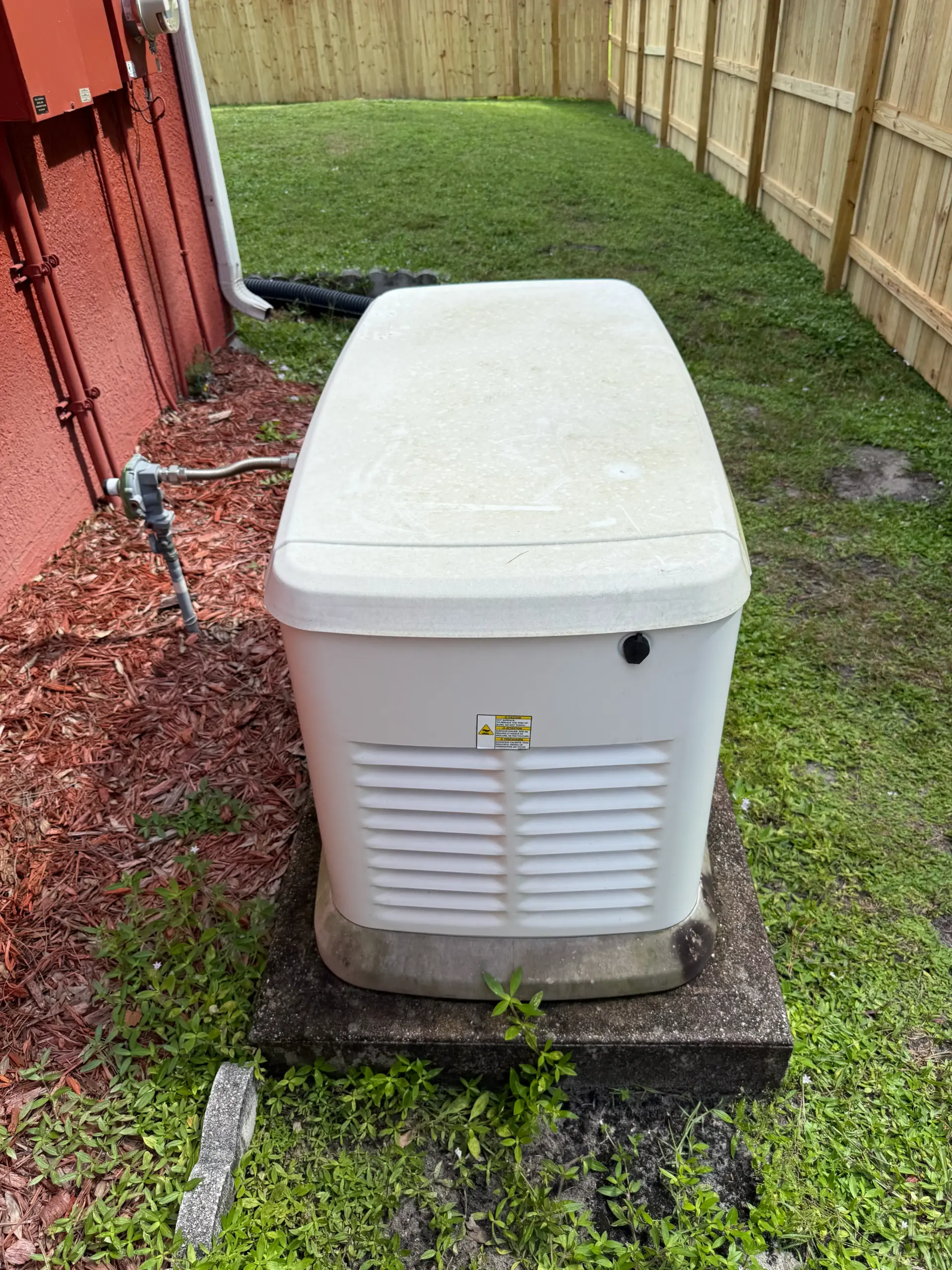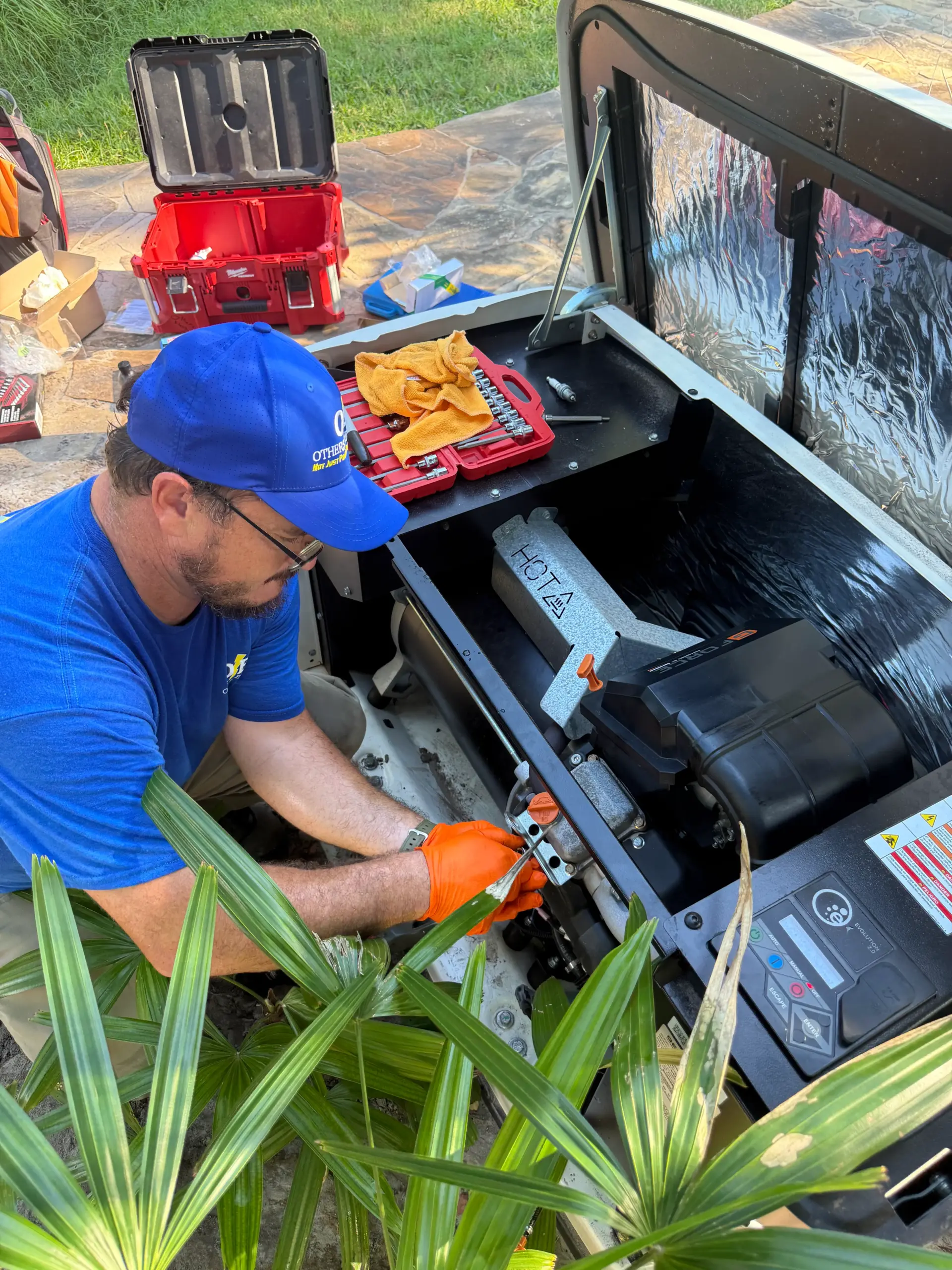With the increasing popularity of electric vehicles (EVs), many drivers are exploring the convenience of charging their cars at home. Home charging eliminates frequent visits to public charging stations and provides the flexibility to recharge vehicles overnight. However, understanding the process, the equipment required, and the best practices for home charging is essential for efficient and safe use. In this article, our how to charge an EV at home.

Understanding Home EV Charging Options
Home EV charging is typically categorized into two levels: Level 1 and Level 2. Each has its advantages and is suitable for different needs based on charging speed, energy requirements, and budget.
Level 1 Charging
Level 1 charging uses a standard 120-volt outlet, the same kind found in most homes. EV owners can plug their vehicles directly into the outlet using the charging cable provided with their car. This method is straightforward and requires no additional installation. However, Level 1 charging is relatively slow, adding approximately 3-5 miles of range per hour. It is ideal for drivers with short commutes or those who can leave their vehicle plugged in for long periods, such as overnight.
Level 2 Charging
Level 2 charging requires a 240-volt outlet and is significantly faster than Level 1. It can add 20-60 miles of range per hour, making it ideal for drivers with higher daily mileage or those needing quicker turnaround times. Installing a Level 2 charger often involves professional assistance to ensure the system is safe and compatible with the home’s electrical capacity.

Installing a Home EV Charger
The installation process for a home EV charger depends on the chosen charging level. For Level 1, no additional work is typically needed, as a standard outlet suffices. However, for Level 2 charging, preparation and installation steps are more involved.
Assessing Electrical Capacity
Before installing a Level 2 charger, it is essential to determine whether your home’s electrical system can support it. This involves assessing the main electrical panel to ensure it has sufficient capacity for the additional load. In some cases, panel upgrades may be necessary.
Choosing the Right Charger
Level 2 chargers come in various models with different features, such as smart connectivity, adjustable charging speeds, and weatherproof designs for outdoor use. Selecting a charger that suits your EV model and driving needs is crucial.
Hiring a Licensed Electrician
Installing a 240-volt outlet or hardwiring a Level 2 charger requires a licensed electrician. They will ensure that the installation complies with local building codes and that the system is properly grounded and safe to use.
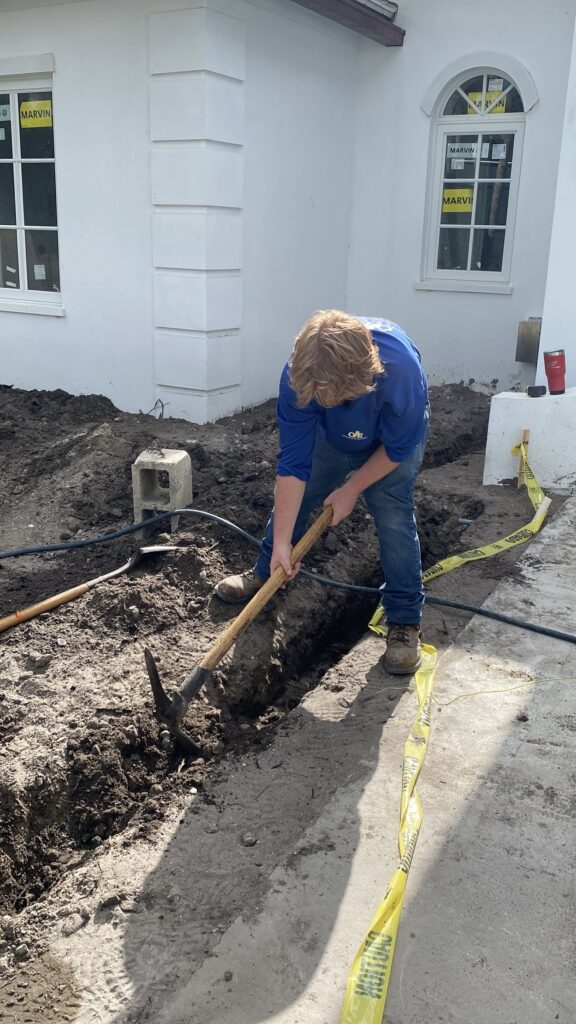
Charging Your EV Safely at Home
Safety is paramount when charging an EV at home. Whether you’re using a Level 1 or Level 2 charger, following safety precautions and adhering to manufacturer guidelines will help prevent accidents and equipment damage.
Inspecting the Outlet and Charger
Regularly check the outlet and charging equipment for signs of wear, overheating, or damage. Avoid using outlets or chargers with visible cracks, burn marks, or loose connections.
Avoiding Overloading Circuits
Plugging your EV charger into a circuit shared with high-power appliances can lead to overloads and tripped breakers. Dedicated circuits for EV chargers are recommended for safety and efficiency.
Protecting Against Power Surges
Installing surge protectors or whole-house surge protection can safeguard your EV and charger from power surges caused by lightning strikes or utility issues.

Optimizing Charging Times and Costs
Charging an EV at home offers flexibility, but it’s essential to optimize charging times and costs to maximize efficiency. Many utility companies offer time-of-use (TOU) rates, which vary depending on the time of day.
Charging During Off-Peak Hours
Off-peak hours, typically during the night or early morning, often have lower electricity rates. Scheduling your EV to charge during these times can significantly reduce energy costs.
Using Smart Charging Features
Many modern EV chargers come with smart features that allow users to monitor and control charging through a smartphone app. These features can help you set charging schedules, track energy usage, and receive notifications when the vehicle is fully charged.
Considering Renewable Energy Sources
If your home is equipped with solar panels, you can integrate them with your EV charger to reduce reliance on grid electricity. Charging your EV with solar power can lower costs and reduce your carbon footprint.
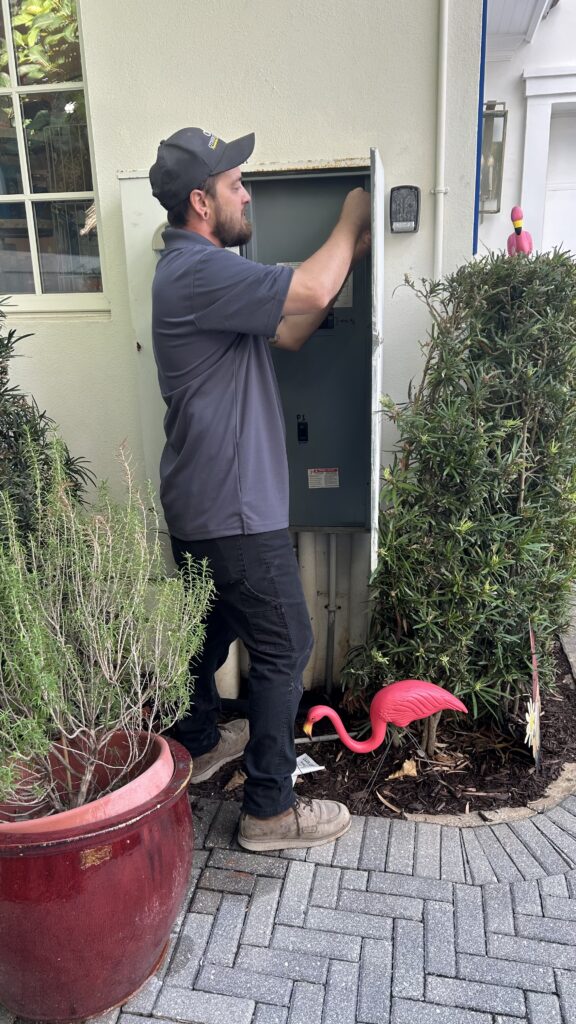
Maintaining Your EV Charger
Proper maintenance of your home EV charger ensures longevity and consistent performance. Regular inspections and cleaning are simple yet effective ways to keep your equipment in optimal condition.
Cleaning the Charger and Outlet
Dust and debris can accumulate on the charger and outlet, potentially affecting connectivity and efficiency. Use a dry cloth to clean these components periodically.
Checking for Software Updates
If your EV charger has smart capabilities, check for firmware or software updates from the manufacturer. Updates often include performance improvements and bug fixes.
Monitoring Energy Usage
Some smart chargers provide detailed reports on energy usage and charging sessions. Monitoring this data can help you identify patterns and optimize your charging habits.
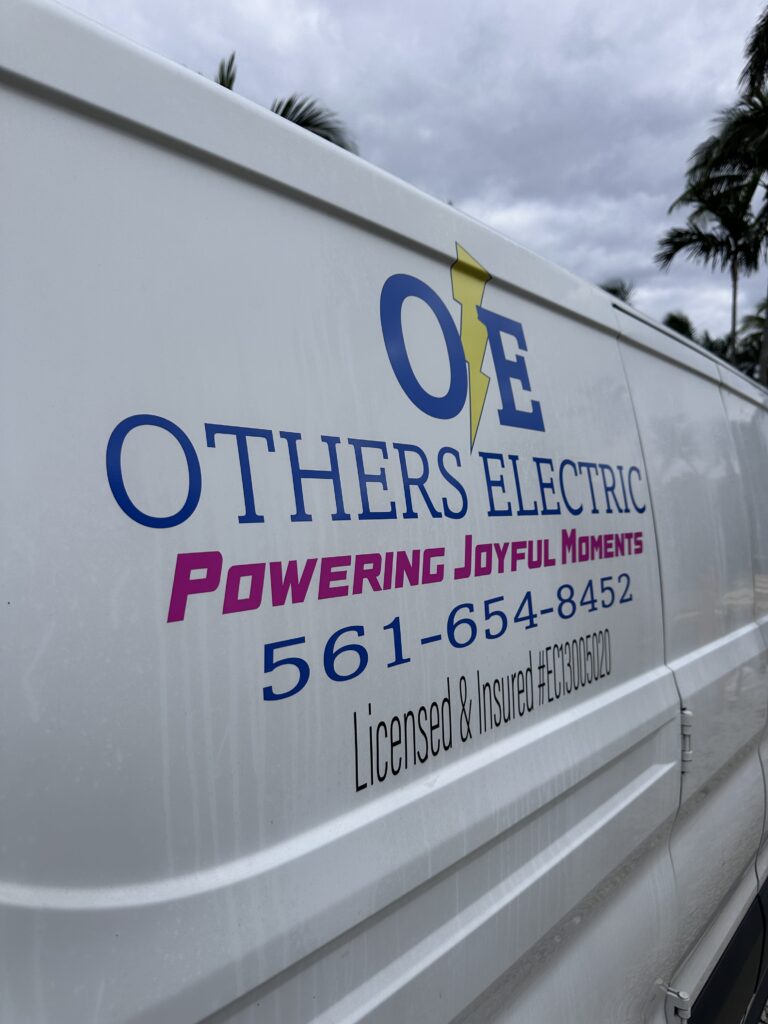
The Convenience of Home Charging
One of the most significant advantages of home charging is the convenience it offers. With a charger installed at home, you can start each day with a fully charged battery, eliminating the need to stop at public charging stations. This convenience is particularly beneficial during busy schedules or adverse weather conditions.
Home charging also provides peace of mind, as you can rely on your private setup without worrying about the availability of public chargers. Additionally, it’s a cost-effective option compared to many public charging networks, which may charge premium rates for fast charging.
Challenges and Considerations
While home charging is convenient, it’s not without challenges. The initial cost of installing a Level 2 charger can be significant, particularly if electrical upgrades are needed. However, various incentives and rebates are available to offset these costs.
Space constraints can also be a concern for some homeowners, especially if outdoor installation is required. Choosing a compact and weather-resistant charger can address this issue.
The Role of Professional Assistance
Navigating the complexities of home EV charging often requires professional guidance. Licensed electricians play a crucial role in ensuring installations are safe, compliant, and efficient. Additionally, consulting with EV charger manufacturers or retailers can help you select the best equipment for your needs.

Conclusion
Charging an EV at home is an efficient and cost-effective way to keep your vehicle powered and ready to go. By understanding the differences between Level 1 and Level 2 charging, assessing your home’s electrical capacity, and following safety best practices, you can enjoy the full benefits of home charging. While challenges such as installation costs and space constraints exist, the convenience and long-term savings often outweigh these initial hurdles. With careful planning and professional assistance, home EV charging can become a seamless and rewarding part of your EV ownership experience.



